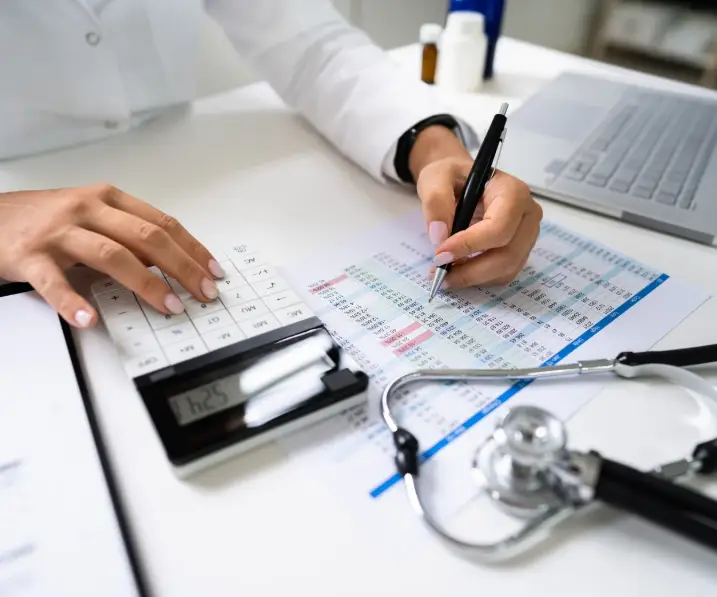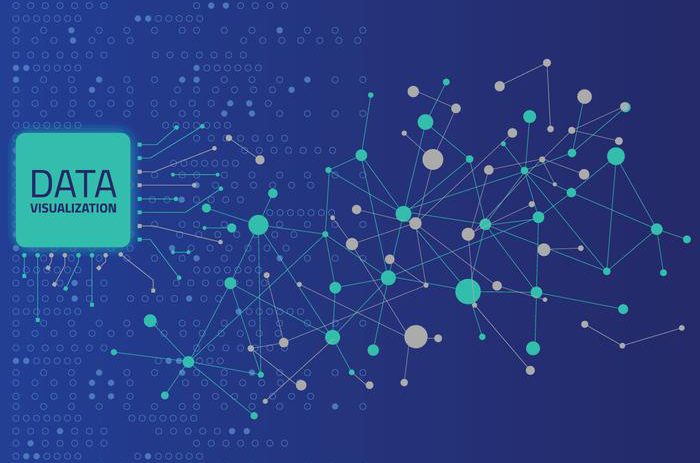
Written by Vinod Yakkala and Jyotsna Mehta
With the COVID-19 pandemic catching the world by surprise, many COPD patients were concerned about the impact of the virus on their health. Are health issues rising for COPD patients? Are they at a higher risk of getting the virus? Or does COVID-19 and COPD have no real correlation? How can it be managed remotely?
Managing chronic obstructive pulmonary disease (COPD) is always important, and especially so right now, as individuals living with chronic lung disease are at a higher risk of severe illness and complications from COVID-19. COPD puts you at a higher risk to get seriously sick if you were to get infected with COVID-19. Doctors can’t say yet exactly how much risk your COPD can add. They do know that COVID-19 is likely to make you sicker than it does for people who don’t have the condition. Your COPD may pose extra harm because your damaged airways may have a harder time fighting off the coronavirus. Interestingly, all patients with COVID-19 and COPD had higher rates of ICU admission, mechanical ventilation, and palliative care consultation than those without COPD. The mortality rate for those with COPD and COVID-19 was 15%, compared with 4% for those with COVID-19 but without COPD.
A survey by Frances Wu suggests that widespread adoption of remote care delivery for COPD occurred rapidly in response to the COVID-19 pandemic. In the absence of national guidance, these innovations were led by clinicians and varied in response to local circumstances. In terms of consensus on what activities are appropriate for ongoing remote care delivery, respondents agreed that there are planned activities (gathering patient information on COPD and health status, providing counseling on smoking cessation, and providing education on COPD or developing a self-management plan) and urgent care activities (triaging patients for face-to-face care and initiating use of rescue packs) appropriate for remote provision.
Pulmonary rehabilitation (PR) is effective in reducing symptoms and improving health status, and exercising tolerance of patients with COPD. The COVID-19 pandemic has greatly impacted PR programs and their delivery to patients. As such, patients have been advised to stay at home and avoid social contact to the maximum extent possible. This has increased patients’ vulnerability to physical deconditioning, depression, and social isolation. To address this major gap in care, some traditional hospital or clinic-centered PR programs have converted some or all of their learning contents to home-based telerehabilitation during the pandemic. RPM systems have the potential to give practitioners a holistic view of the participants’ health status to better evaluate them during the entire PR program and to improve self-management. The PR team at Vancouver General Hospital (VGH) has refined home-based PR programs by adding an RPM system to video conferencing. This new method uses connected smart devices that enable RTs to have real-time access to participants’ health data. The method is user friendly for seniors and can be seamlessly integrated into home-based virtual PR programs
The early detection of chronic obstructive pulmonary disease (COPD) exacerbations by remote patient monitoring (RPM) can enable patients to seek treatment sooner, alleviating their symptoms and likely improving patient outcomes. RPM using spirometers and pulse oximeters can be applied to detect exacerbations early and advance the timeline for patients to get the care they need. Thus, the management of patients with COPD during the COVID-19 pandemic should include options for RPM using devices like spirometer and oximeters, remote delivery of pulmonary rehabilitation, telerehabilitation, and computer-based virtual programs.
About Keva Health
Keva Health’s platform is integrating innovative remote monitoring functionality with evidence based self-monitoring programs for patients with chronic respiratory diseases to improve outcomes and reduce cost. Please contact us at [email protected] for more info.


